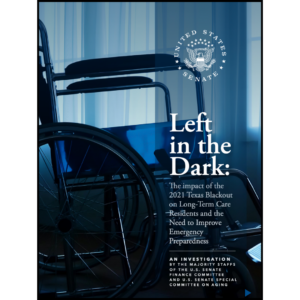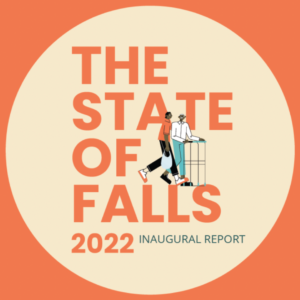Patient handling, falls and violence top occupational injuries of healthcare workers
Of all occupations, nurses and nurse assistants experienced the highest injuries rates, according to data gathered and examined by the Occupational Health Safety Network (OHSN), an agency created by the Centers for Disease Control & Prevention’s National Institute for Occupational Safety and Health (NIOSH), along with other partners.
The OHSN is a web-based portal that accepts existing personnel injury data, according to the CDC’s Morbidity and Mortality Weekly Report for April 24,. It is a free, voluntary surveillance system for healthcare facilities, which enables prompt and secure tracking of occupational injuries by type, occupation, location and risk factors. The data are de-identified and converted to standard OHSN data elements that characterize the occupation of the injured worker; the type, severity and location of injury; and how the injury could have been prevented.
In the OHSN study, 112 facilities from 19 states participated. Some findings:
- Nursing assistants had more than twice the injury rates of nurses for patient handling and workplace violence.
- Patient handling and incidents of workplace were highest in inpatient adult wards.
- Sixty-two percent of patient handling injuries occurred when using lift equipment, and more injuries occurred when the lift equipment was not used to transfer a patient.
- The types of falls sustained included falls on the same level, down to a lower level (ramps or stairs, for example) and slips and trips that didn’t culminate in a fall.
Authors say: (1) the data findings are limited by the small number of facilities and states that participated; (2) much of the injury data on risk factors is unspecified; (3) the possibility exists that the reporting and recording might be biased; and; (4) voluntary participation might skew to best-practice participation and incomplete data collection.

Sandra Hoban was on I Advance Senior Care / Long-Term Living’s editorial staff for 17 years. She is one of the country’s longest-serving senior care journalists. Before joining Long-Term Living, she was a member of the promotions department at Advanstar Communications. In addition to her editorial experience, Sandi has served past roles in print and broadcast advertising as a traffic and talent coordinator.
Related Articles
Topics: Facility management , Risk Management , Staffing











